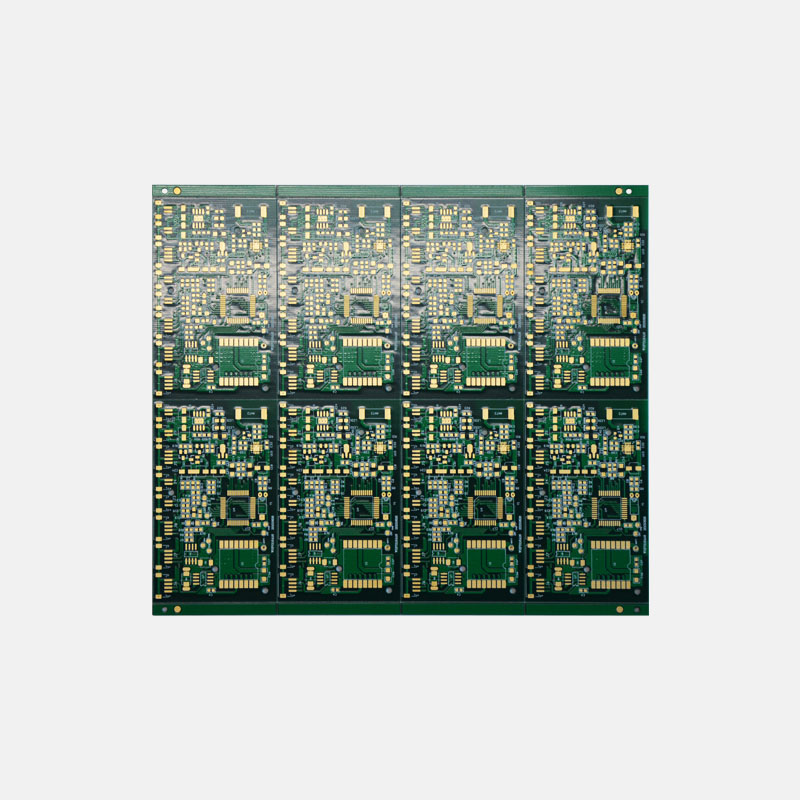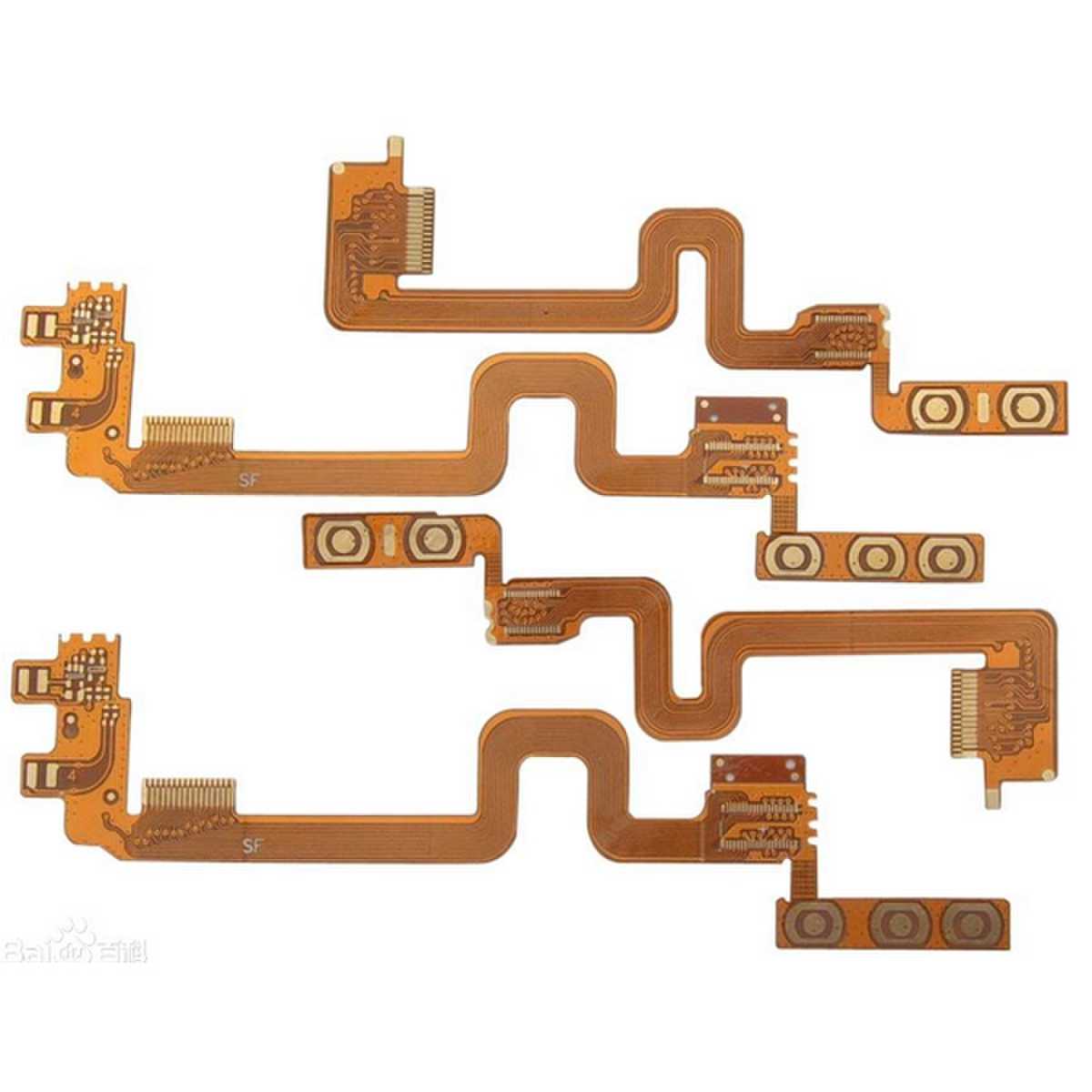What are the uses of rigid circuit boards and flexible circuit boards?
Rigid circuit boards and flexible circuit boards both play an important role in electronic products, and their application fields are different. With the continuous development of electronic products, new pcb circuit board technologies are also emerging, bringing more possibilities to electronic products.
1. The use of rigid circuit boards
Rigid circuit board is a circuit board made of fiberglass, resin, copper foil and other materials. It has the advantages of stable structure, precise size and high circuit density. Therefore, rigid circuit boards are suitable for electronic products that need to carry high power, high frequency signals and high speed digital signals. For example, circuit boards such as motherboards, graphics cards, and sound cards in electronic equipment such as computers, mobile phones, and televisions usually use rigid circuit boards.
In addition, rigid circuit boards are also widely used in automotive electronics, industrial control, medical equipment and other fields. In automotive electronics, rigid circuit boards can be used to control engines, transmission systems, battery management, etc.; in industrial control, rigid circuit boards can be used in automation equipment, robots, etc.in medical equipment, rigid circuit boards can be used in monitoring, Diagnosis, treatment, etc.

2. The use of flexible circuit boards
A flexible circuit board is a circuit board composed of flexible substrates, conductive materials, etc., and has the characteristics of bending, folding, and stretching. Therefore, flexible circuit boards are suitable for miniaturized, lightweight, and highly integrated electronic products. For example, flexible circuit boards are often used in electronic products such as smart bracelets, smart watches, and wearable devices.
In addition, flexible circuit boards are also widely used in aerospace, medical equipment, military and other fields. In the aerospace field, flexible circuit boards can be used in satellites, missiles and other equipment; in medical equipment, flexible circuit boards can be used for monitoring, diagnosis, treatment, etc. inside the human body; in the military field, flexible circuit boards can be used in drones , reconnaissance equipment, etc.

3. Comparison of the advantages and disadvantages of rigid circuit boards and flexible circuit boards
Rigid circuit boards and flexible circuit boards each have their own advantages and disadvantages. Rigid circuit boards have the advantages of stable structure and high circuit density, but have disadvantages such as inflexible size and inability to bend; flexible circuit boards have the characteristics of bending, folding, and stretchability, but have the disadvantages of relatively low circuit density and high cost.
4. Future trends
With the continuous development of electronic products, the requirements for circuit boards are becoming higher and higher. In the future, rigid circuit boards and flexible circuit boards will continue to play an important role. At the same time, new circuit board technologies are also emerging, such as hybrid circuit boards, rigid and flexible circuit boards, etc. These new technologies will bring more possibilities to electronic products.
Send PCB Files to Sales@ucreatepcba.com, We Will Quote You Very Soon!



